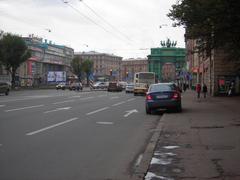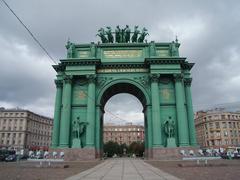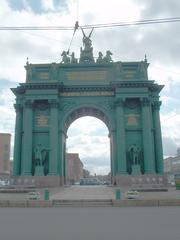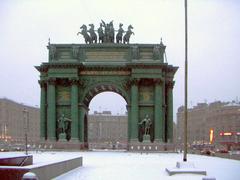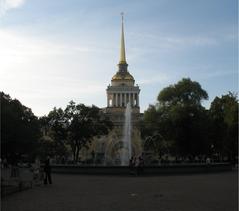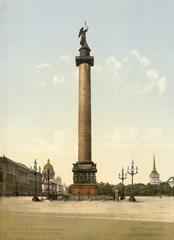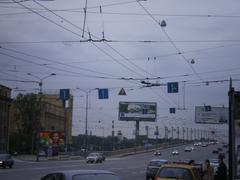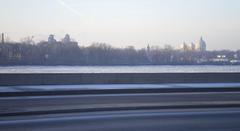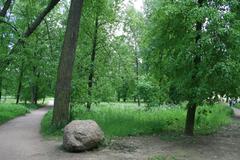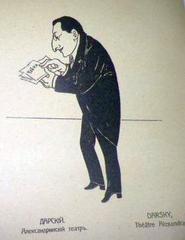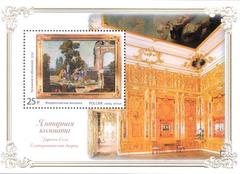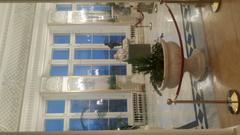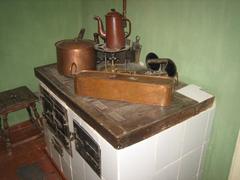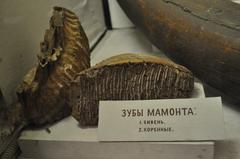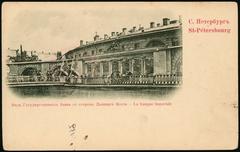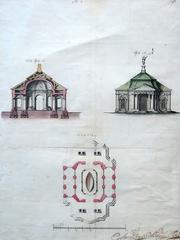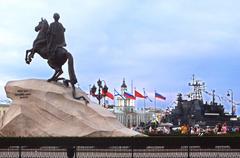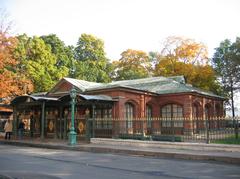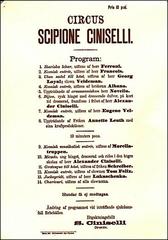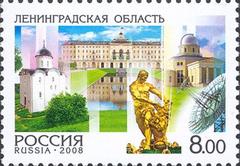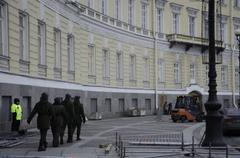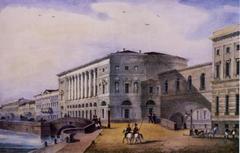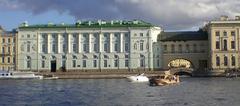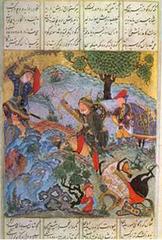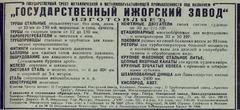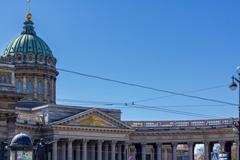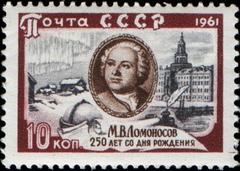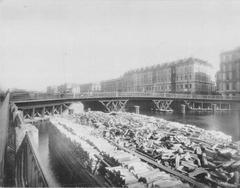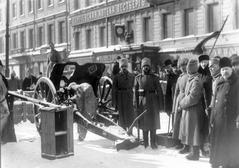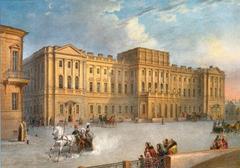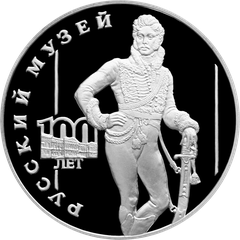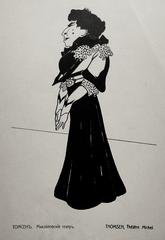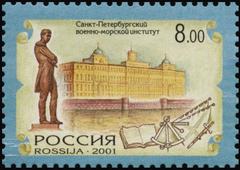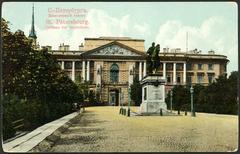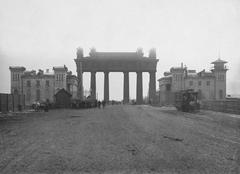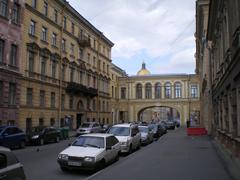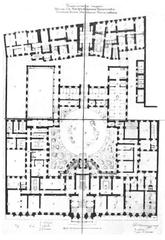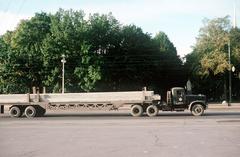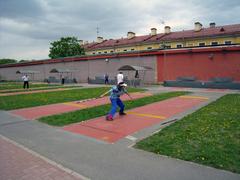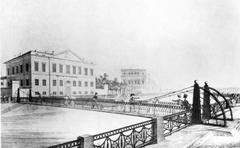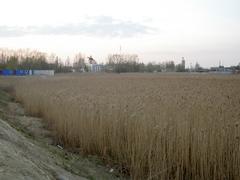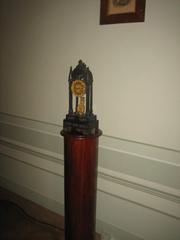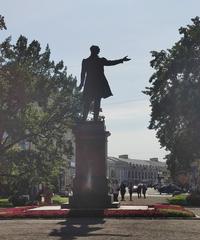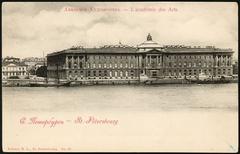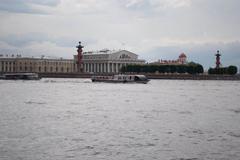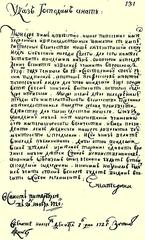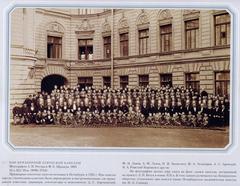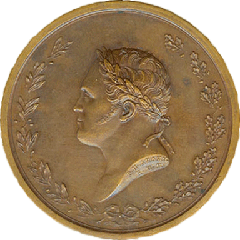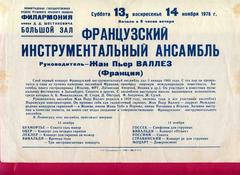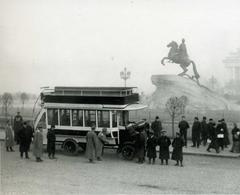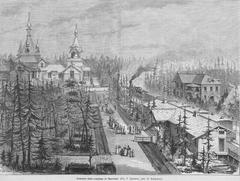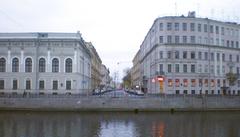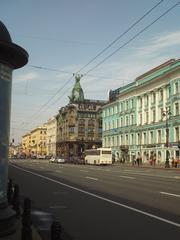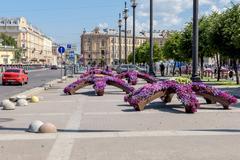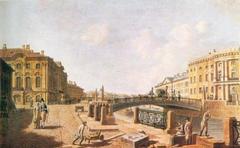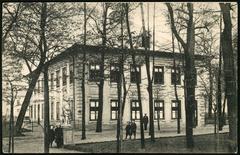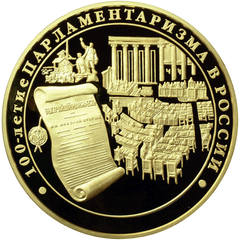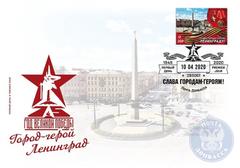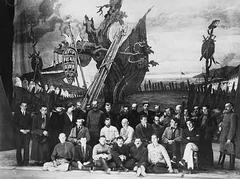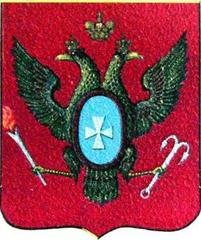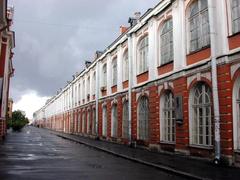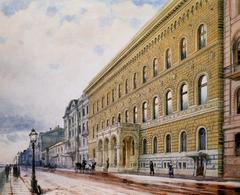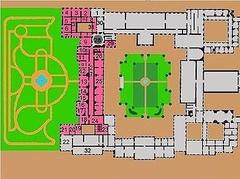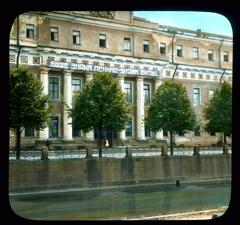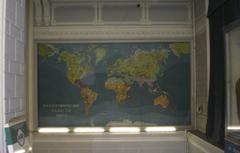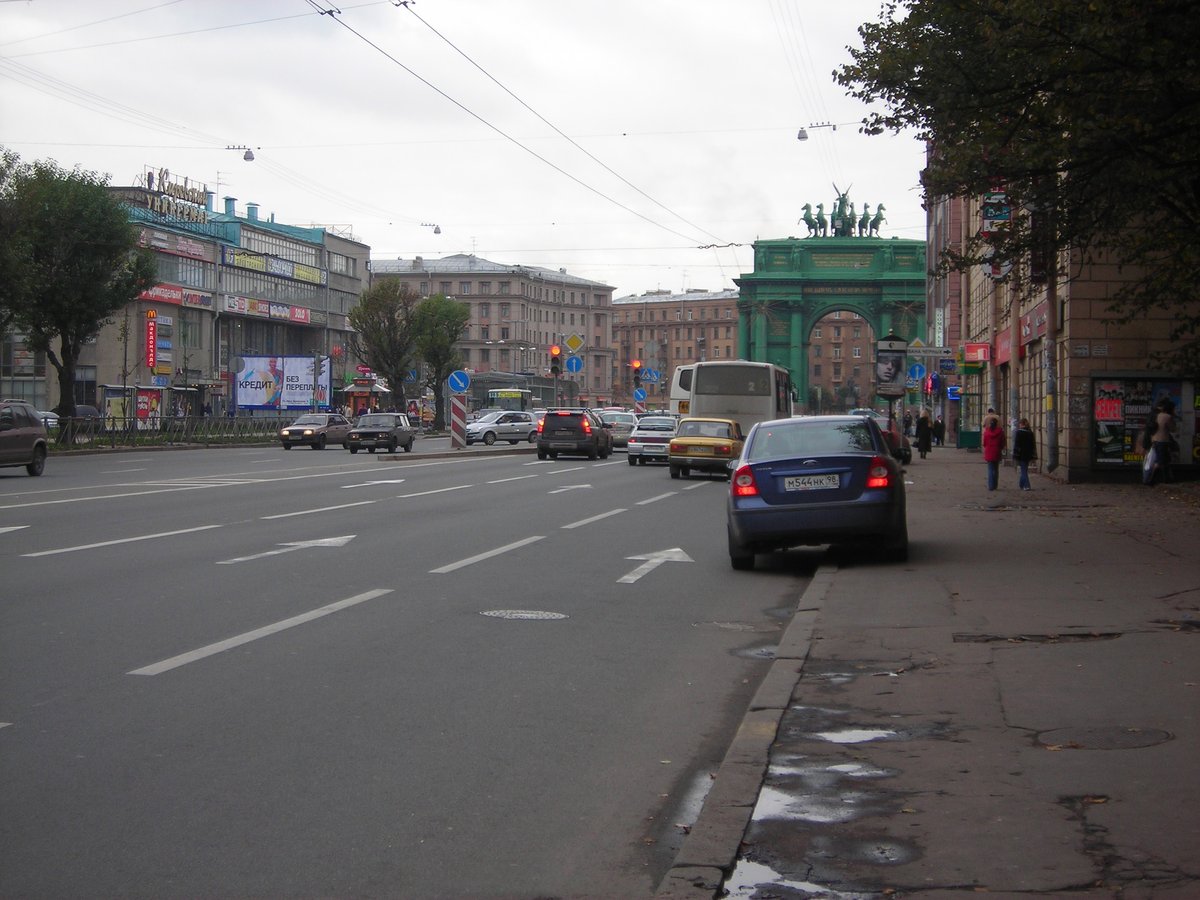
Comprehensive Guide to Visiting Narva Triumphal Arch, Saint Petersburg, Russia
Date: 24/07/2024
Introduction
The Narva Triumphal Arch stands as one of Saint Petersburg’s most remarkable historical landmarks, embodying the grandeur of Russian architecture and the resilience of its people. Erected initially in 1814 to celebrate Russia’s victory over Napoleon, this monumental structure has evolved through significant historical events and restorations, making it a symbol of national pride and cultural heritage (Wikipedia). Designed by the Italian architect Giacomo Quarenghi and later reconstructed by Russian architect Vasily Stasov, the arch is adorned with elaborate sculptures and embodies Empire style architecture (St. Petersburg Guide). This comprehensive guide aims to provide you with an in-depth understanding of the Narva Triumphal Arch, its rich history, cultural significance, and practical information to make your visit unforgettable.
Table of Contents
- Introduction
- History of the Narva Triumphal Arch
- Modern Restorations and Current Condition
- Cultural and Historical Significance
- Museum and Exhibitions
- Visitor Information
- Legends and Cultural References
- Conclusion
- FAQ
- References
History of the Narva Triumphal Arch
Erection and Initial Construction
The Narva Triumphal Arch, located in Saint Petersburg, Russia, was initially erected in 1814 to commemorate the Russian victory over Napoleon. The original structure was designed by the Italian architect Giacomo Quarenghi and was constructed from wood. This temporary wooden arch was built on the then highway to Narva to greet the returning Russian soldiers (Wikipedia).
Transition to a Permanent Structure
By the mid-1820s, the wooden structure had deteriorated significantly. In response, Emperor Alexander I ordered the construction of a more permanent stone arch. The project was entrusted to the Russian architect Vasily Stasov, who began work in 1827. Stasov’s design retained the essence of Quarenghi’s original composition but utilized brick and copper for greater durability (St. Petersburg Guide).
Architectural Features
Stasov’s Narva Triumphal Arch was completed in 1834 and stands as a monumental example of Empire style architecture. The arch is adorned with sculptures by Vasily Demut-Malinovsky and Peter Clodt von Jürgensburg. Notably, the arch features a chariot drawn by six horses, surmounted by a statue of Nike, the Goddess of Victory. The spandrels of the central arch are filled with sculptures of Pheme offering laurel wreaths, a conventional design element since Imperial Roman times (Wikipedia).
Historical Events and Restorations
Bloody Sunday (1905)
One of the most tragic events in Russian history, Bloody Sunday, occurred near the Narva Triumphal Arch in January 1905. During this event, police shot at a peaceful demonstration heading towards Emperor Nicholas II, resulting in numerous casualties. This incident led to the renaming of Narva Square to the Square of Strikes (Ploshchad Stachek) in 1918 (St. Petersburg Guide).
Siege of Leningrad (1941-1944)
During World War II, the Narva Triumphal Arch suffered significant damage from artillery bombardments during the Siege of Leningrad. Despite the extensive damage, the arch was carefully restored in 1951. The restoration efforts aimed to preserve the historical and architectural integrity of the monument (Wikipedia).
Modern Restorations and Current Condition
The arch has undergone several restorations to address issues such as copper corrosion due to high humidity. In 1925, a wide-scale reconstruction began but was interrupted by the Great Patriotic War. Post-war restoration efforts culminated in 1949, with further refurbishments taking place in 2003. As of August 2009, experts have deemed the arch to be in fine condition (St. Petersburg Guide).
Cultural and Historical Significance
The Narva Triumphal Arch stands as a symbol of Russian resilience and victory. It commemorates the triumph over Napoleon’s army in 1812 and serves as a historical marker for significant events in Russian history, such as Bloody Sunday and the Siege of Leningrad. The arch’s architectural grandeur and historical importance make it a significant cultural landmark in Saint Petersburg (RusArtNet).
Museum and Exhibitions
In 1989, a small military museum was opened in the upper part of the arch. This museum offers visitors insights into the history of the 1812 war and the creation of the triumphal arch. The museum is part of the State Museum of Urban Sculpture, which manages several historical monuments in Saint Petersburg (Wikipedia).
Visitor Information
Visiting Hours
The Narva Triumphal Arch is accessible to visitors year-round. The museum inside the arch operates with specific hours, typically from 11:00 AM to 5:00 PM, with extended hours on Wednesdays.
Tickets
Admission fees are modest, with full tickets priced at 150 rubles and discounted tickets at 100 rubles.
Accessibility
The arch is located at Ploshchad Stachek, 1, and is easily accessible via the Narva metro station (GMGS).
Nearby Attractions
While in the area, visitors can explore other nearby attractions such as:
- Yekateringof Park: A nearby park for a leisurely stroll or picnic.
- St. Nicholas Naval Cathedral: A beautiful example of Baroque architecture worth visiting for its stunning interiors and historical significance.
Legends and Cultural References
A popular legend suggests that an evil sorcerer stands at the Narva Triumphal Gates. This notion was introduced by the artist Pavel Filonov in 1929 as a metaphor for the rise of Joseph Stalin and the subsequent political repressions in the Soviet Union. This legend adds a layer of mystique to the already historically rich monument (RusArtNet).
Conclusion
The Narva Triumphal Arch is not only a testament to Russia’s military victories but also a monument that has witnessed and endured through the nation’s tumultuous history. From its initial wooden structure to its enduring stone form, the arch encapsulates the spirit of resilience and triumph. Its architectural grandeur, intricate sculptures, and the stories it holds make it a must-visit landmark in Saint Petersburg (RusArtNet). Whether you’re exploring its historical significance, admiring its artistic features, or visiting the museum inside, the Narva Triumphal Arch offers a profound glimpse into Russian heritage. Plan your visit today to experience one of Saint Petersburg’s most iconic monuments.
FAQ
Q: What are the visiting hours for the Narva Triumphal Arch?
A: The Narva Triumphal Arch is accessible year-round. The museum inside operates from 11:00 AM to 5:00 PM, with extended hours on Wednesdays.
Q: How much are the tickets for the Narva Triumphal Arch?
A: Admission fees are 150 rubles for full tickets and 100 rubles for discounted tickets.
Q: How can I get to the Narva Triumphal Arch?
A: The arch is accessible via the Narva metro station.
Q: Are there any nearby attractions?
A: Yes, visitors can explore nearby attractions such as the Narva Triumphal Gate Museum and Stachek Square.
Q: What is the significance of the Narva Triumphal Arch?
A: The arch commemorates the Russian victory over Napoleon in 1814 and holds historical, architectural, cultural, artistic, symbolic, educational, and social significance.
